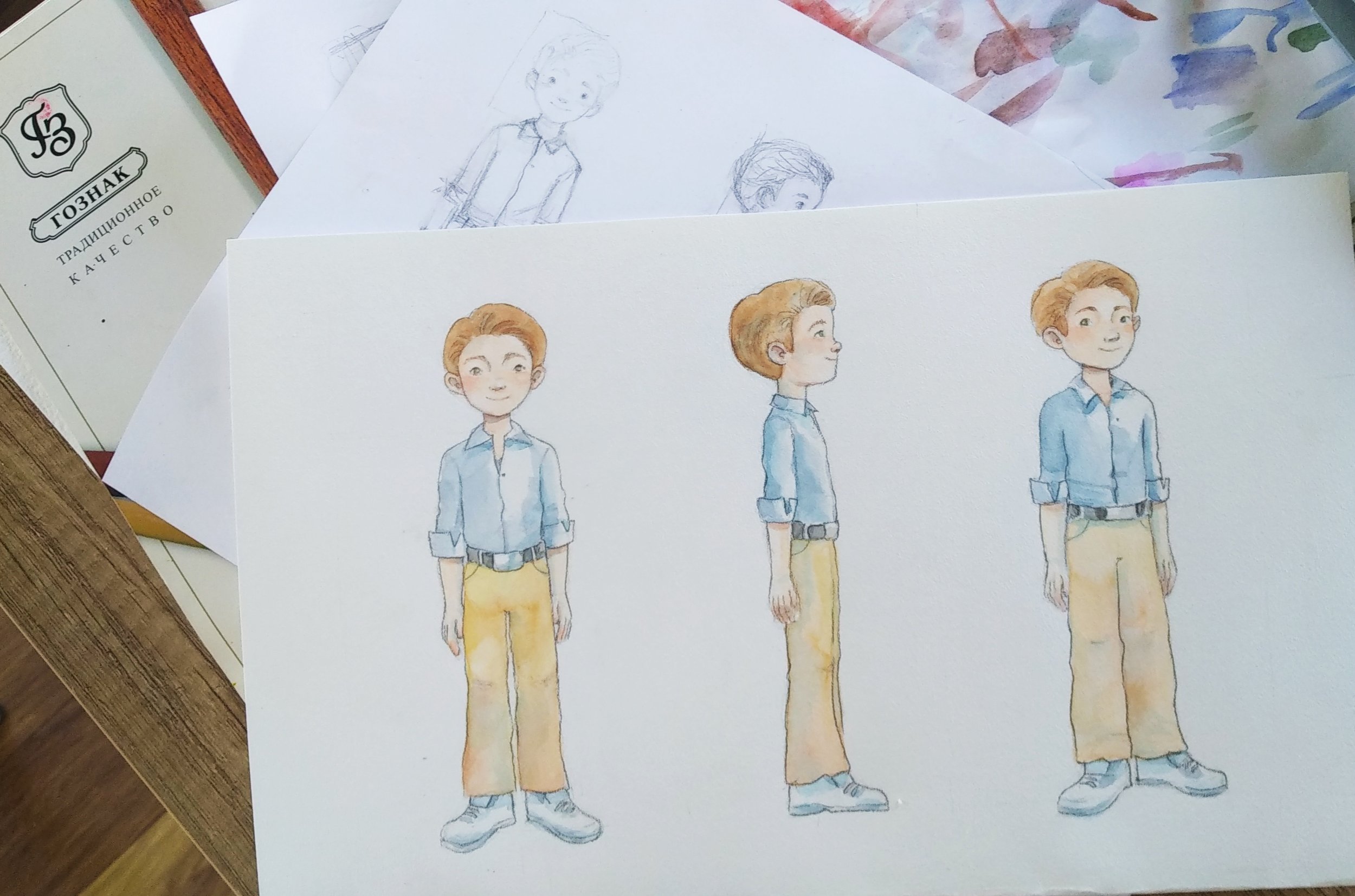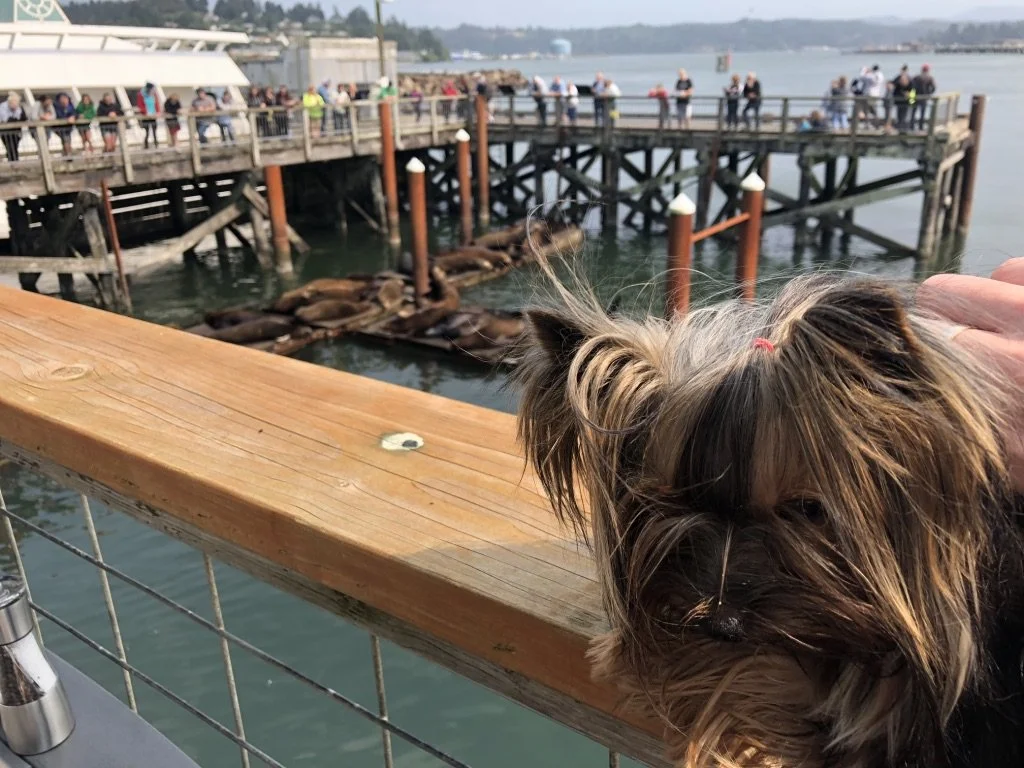
Character development
The main characters of the book are: Albert, a boy who embarks on a learning adventure; Sophia, a mystical creature who guides him along his knowledge journey; and the golden birds, which remain symbolic and reveal lessons throughout the books.
The story is framed by some of the world’s most renowned scientists and their discoveries, making the narrative an intertwined journey of characters through time and around the world.
Character Development
We worked together with Mateya to define how the main characters, Albert and Sophia, should look and behave. We analyzed the values they represent and the characteristics they have, and then worked on creating the features that would best represent them. As an example, Maria defined the most important elements of the boy’s character in the story, such as intelligence, curiosity, happiness and kindness, as well as the style direction. Mateya then brought the main character to life, giving him his look and carefully designing his expressions and actions in each scene to exhibit these characteristics.
Albert is a boy of about five years old who loves reading books with his parents. He loves to learn, travel and understand how the world works. He observes his environment and asks questions to comprehend what he sees.
For Albert the world is a big place where every experience is an opportunity to discover something new, explore new concepts and places, and generate his own ideas. He not only learns about knowledge and how each discipline and discovery builds one on another, but he also observes how we relate to each other and the world as a whole. With each discovery comes a life lesson, an acquired skill, and a step towards the person he aims to become.
Albert
“I wanted the birds to have a clean design that was statue-like and elegant, but at the same time portraying movement and lightness, and achieved this by making their tails long and flowing.”
Sophia is a mystical creature from ancient Greece. Her name means “wisdom” in Greek. She combines characteristics of the ancient Greek goddess Athena and goddess Niki. Goddess Athena was the goddess of knowledge (also of strategy, warfare and more). Niki (Nike), which means “victory” in Greek, was the goddess of victory. Sophia is therefore developed to be the victory of knowledge, or else Sophia, wisdom.
Sophia has the helmet of goddess Athena and the wings of the statue of Nike of Samothrace, or else “Winged Victory of Samothrace”, which can be seen at the Louvre. Her hair is golden-blonde as a reference to the old ivory and gold statue of Athena in the Acropolis next to the Parthenon and to connect with the illustration concept of both the boy and the birds.
Sophia
Golden birds
The birds in the story are tightly connected with the books. As the birds open their wings and fly, so do the books in the story, which become birds themselves.
Originally inspired by the five martlets of the University College Coat of Arms of the University of Oxford, the golden birds appear in the series from the first book, even from the very first scene.
Their gold color matches the hair of Sophia and the hair of Albert, and they all three fly into the world of knowledge. There are five golden birds in total, and each bird symbolizes one specific lesson in each book. If you’d like to learn more about the secret to unlock in each story, start by reading our first book.
Meet our puppy, Ernesto
Featured in one of the scenes, Ernesto is a Yorkshire Terrier that came into our lives in 2017. In the picture on the right he’s looking at the seals from a pier along the Oregon Coast, it was probably Newport.
Can you find in which scene of the book he’s featured in? (Hint below)

“Albert’s world is a magical place full of learning, books, and traveling”
- Maria Ploumaki Bigler
Find out next
The characters were intentionally developed and selected to portray certain qualities and bring the elements of the story together. If you enjoyed reading about how the process unfolded, you might also find it interesting to read about how we developed the art process, or to browse our art activities.







